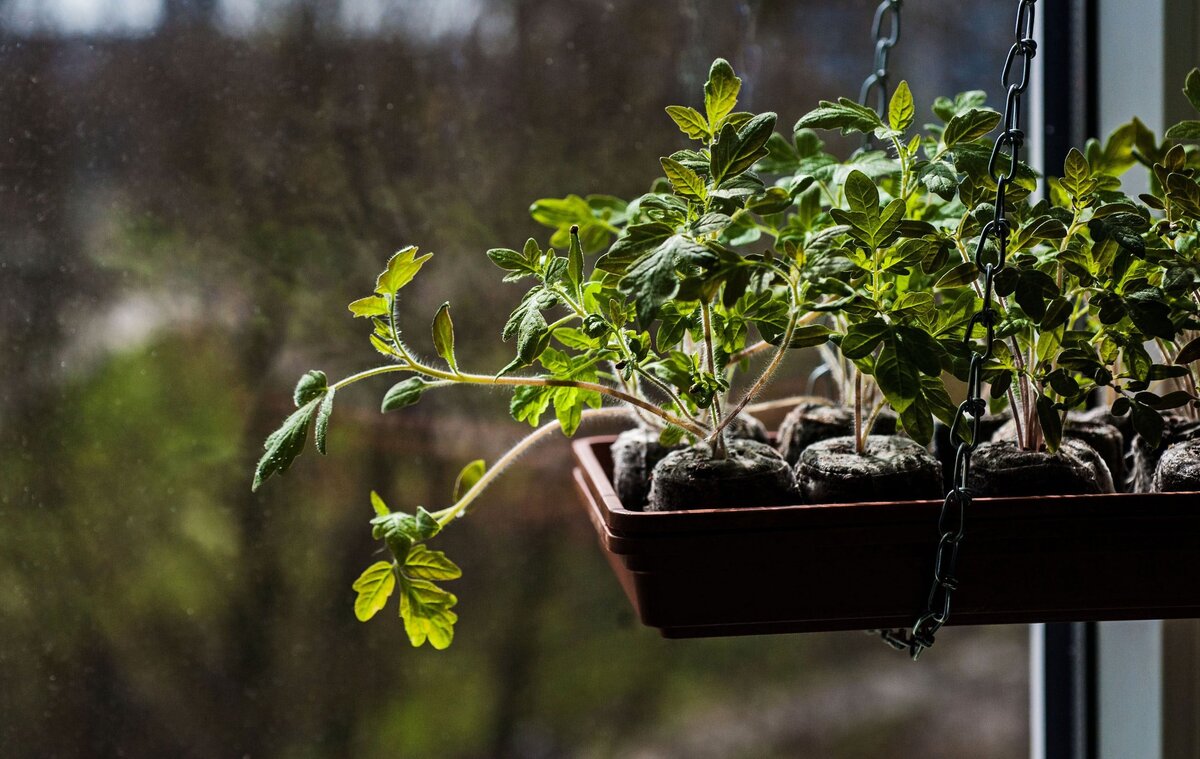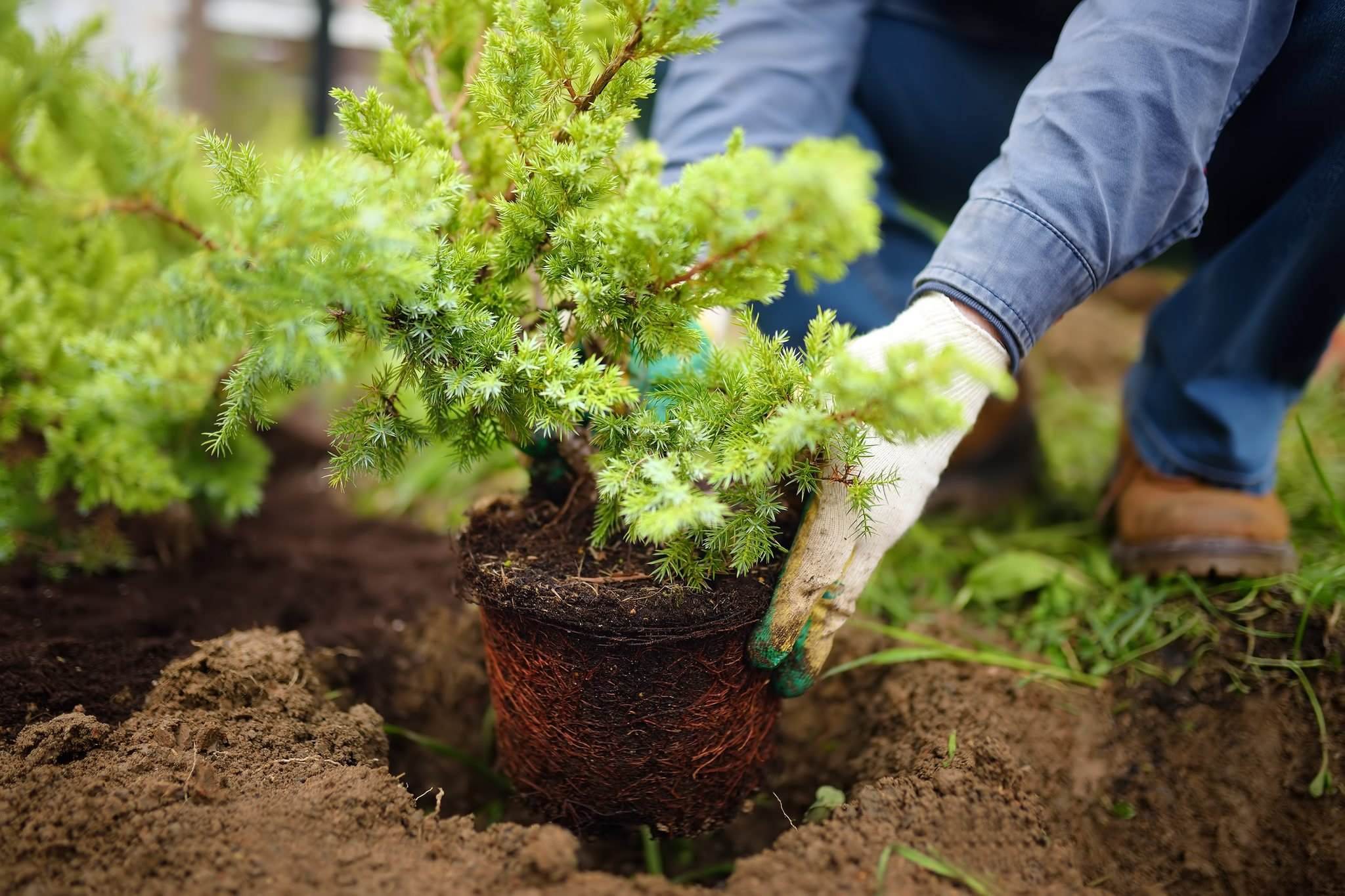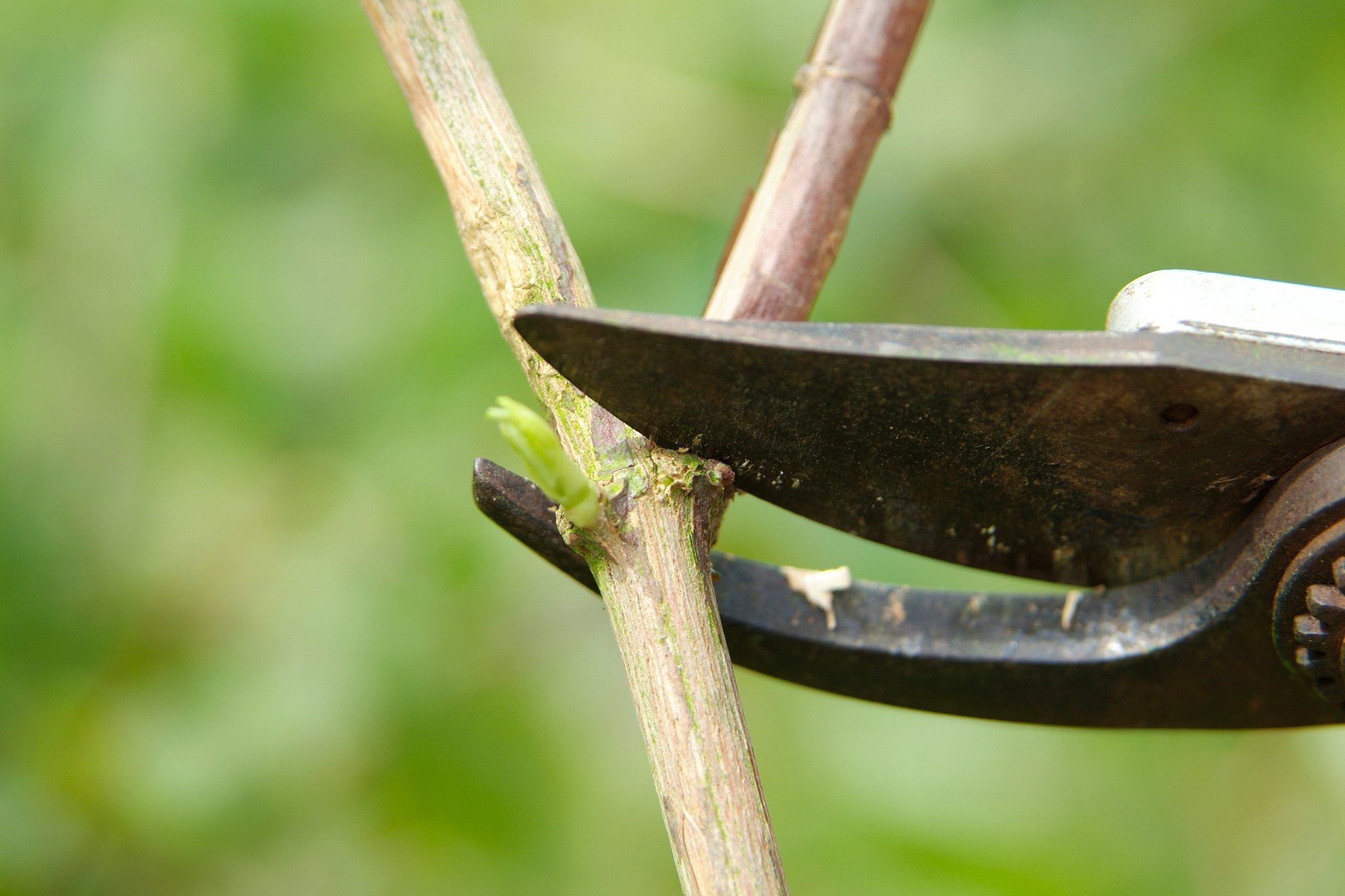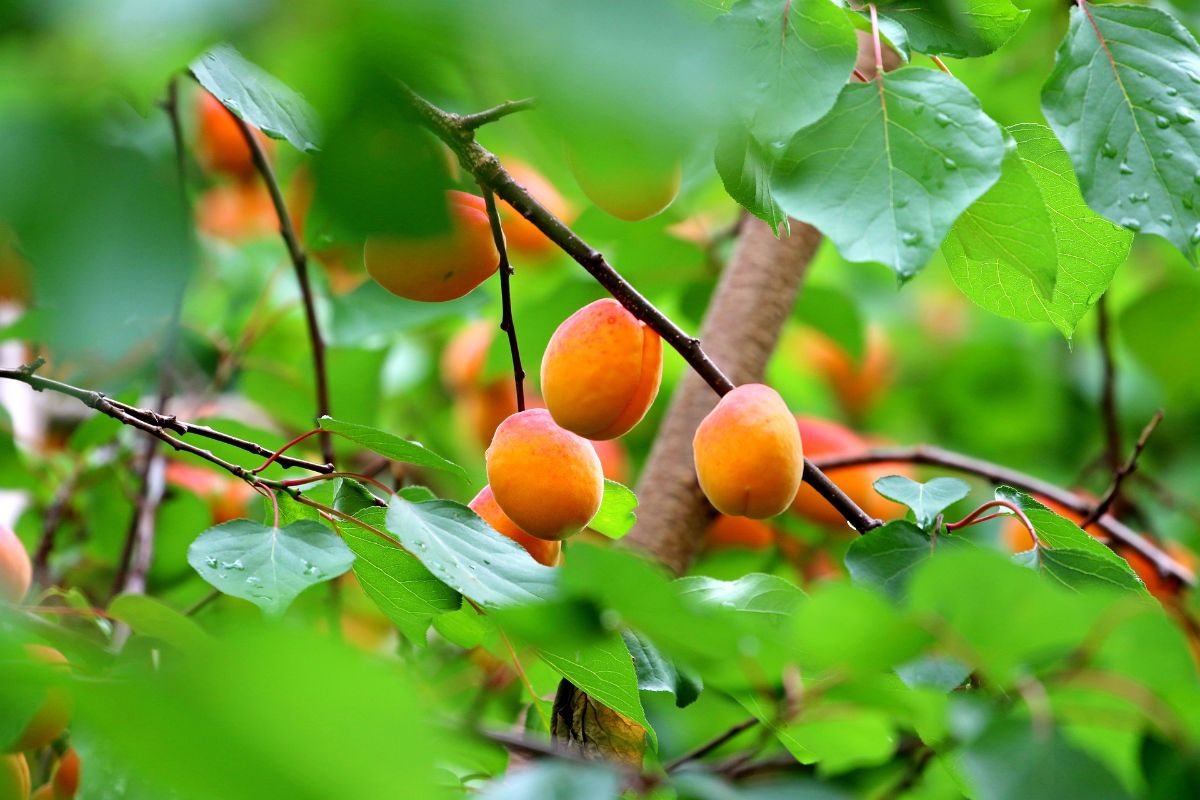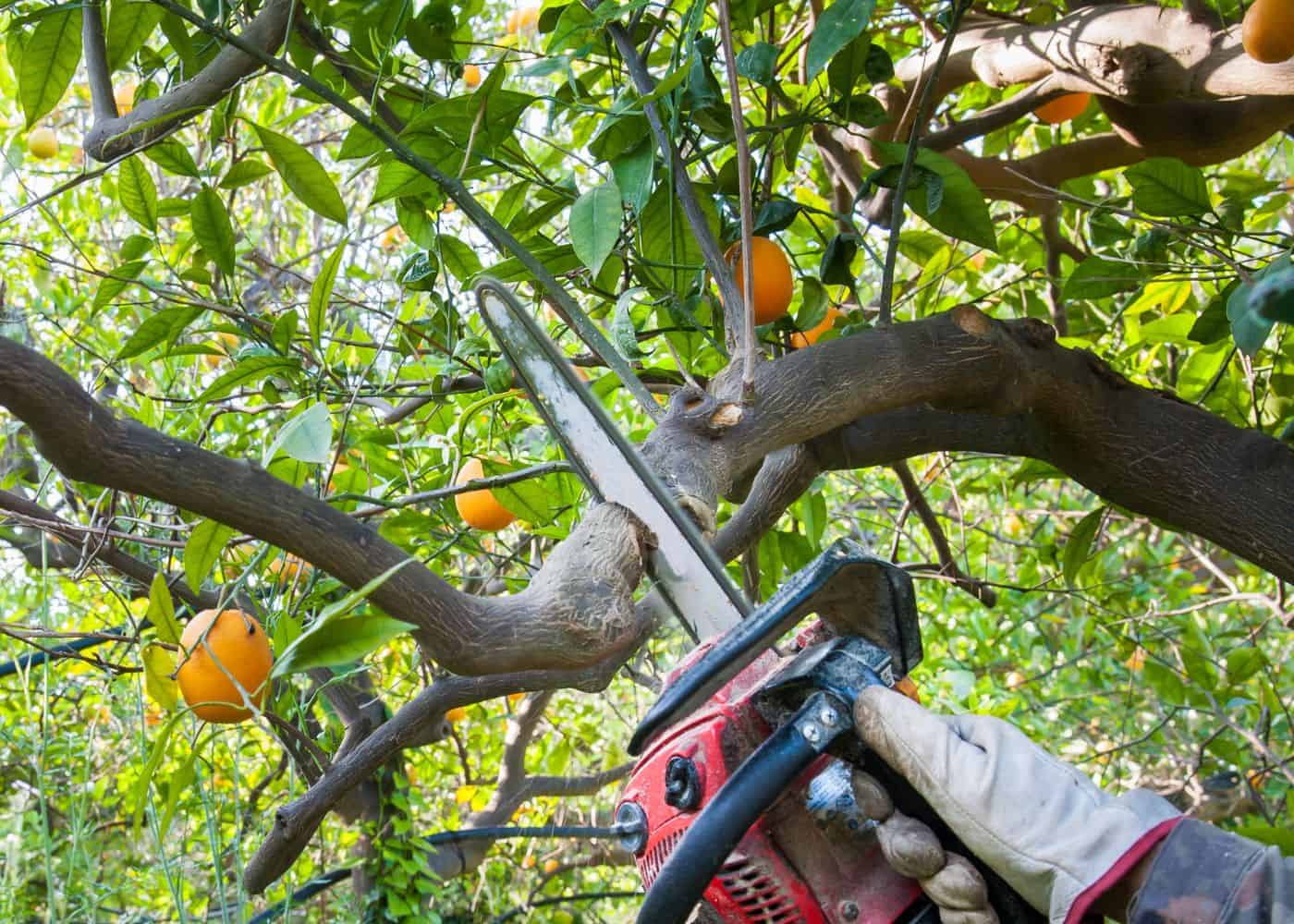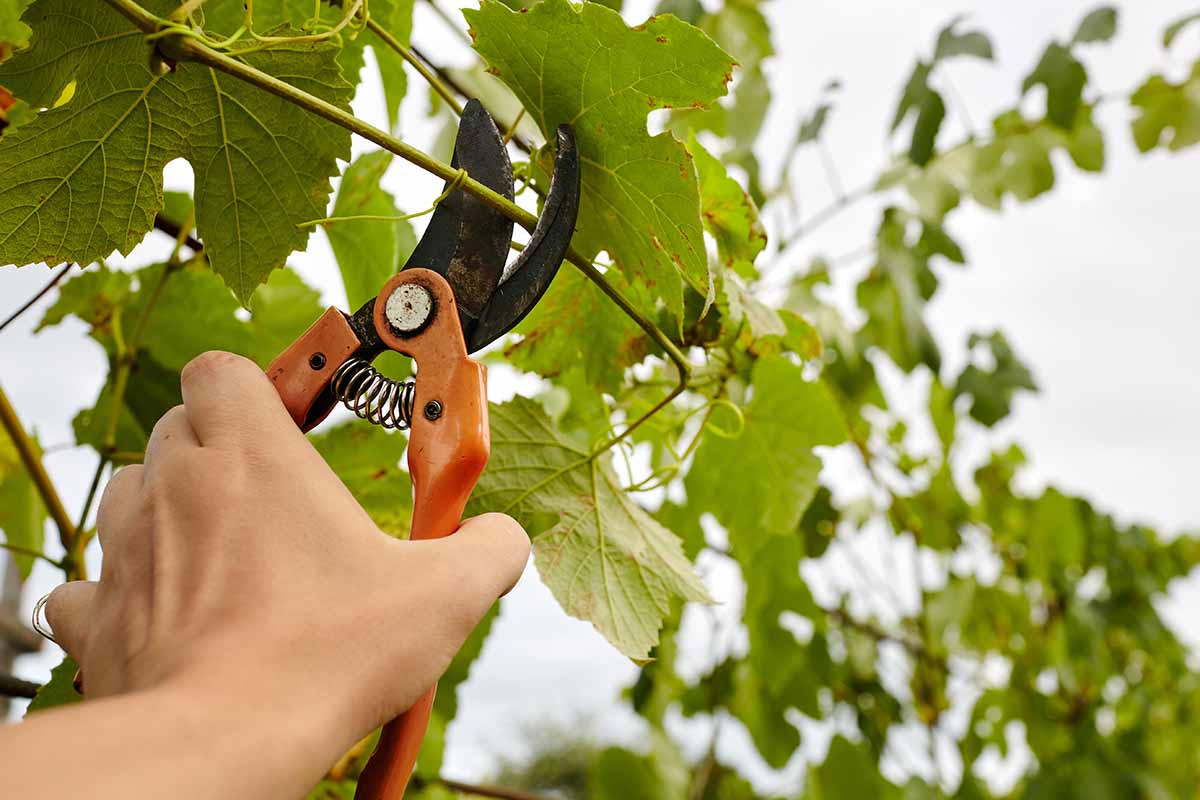Home>Gardening Techniques>Plant Care>When To Prune Rose Bushes
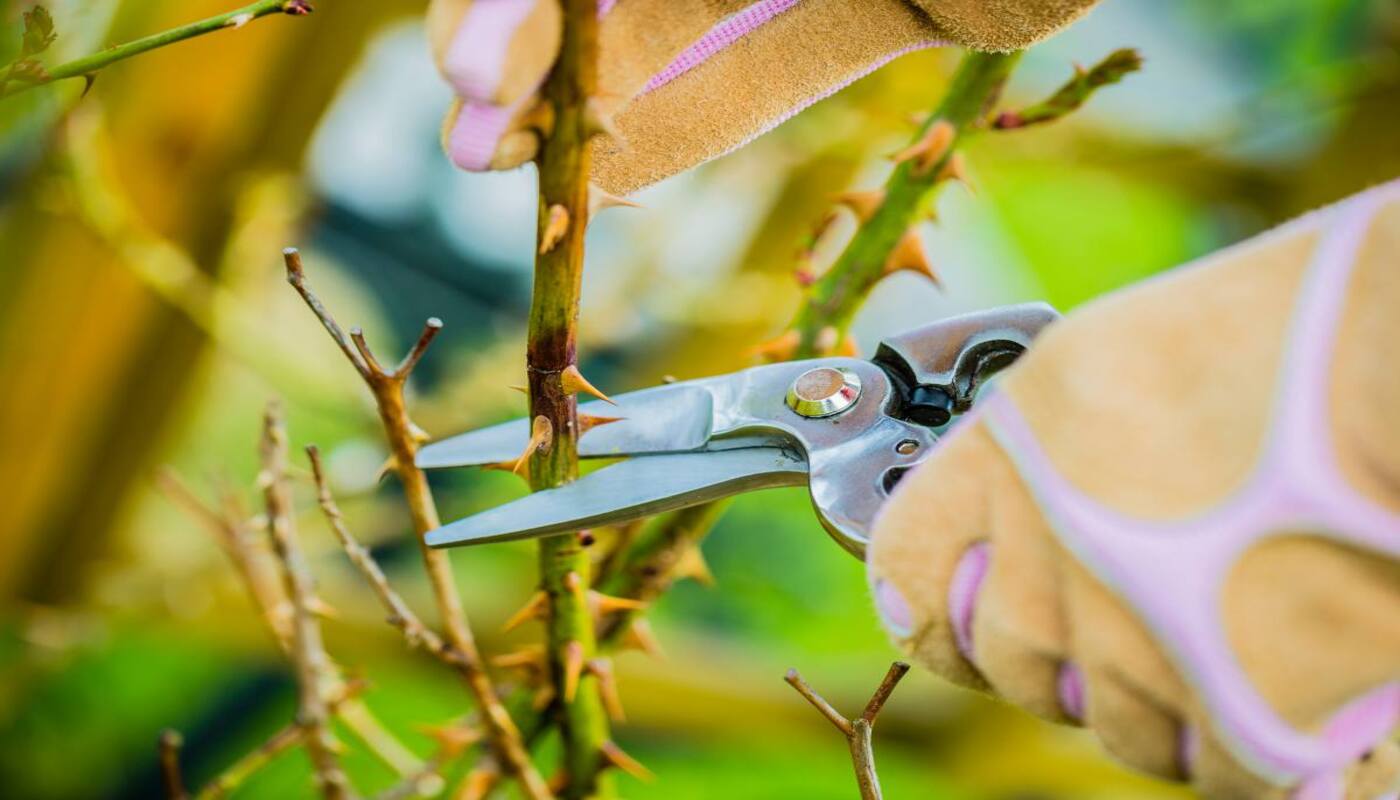

Plant Care
When To Prune Rose Bushes
Modified: January 22, 2024
Learn the best time to prune your rose bushes for optimum plant care. Find out when to trim and shape your roses to promote healthy growth and beautiful blooms.
(Many of the links in this article redirect to a specific reviewed product. Your purchase of these products through affiliate links helps to generate commission for Chicagolandgardening.com, at no extra cost. Learn more)
Table of Contents
Introduction
Welcome to the world of plant care, where nurturing and maintaining beautiful gardens is a rewarding and fulfilling experience. One aspect of plant care that often stumps gardeners is the pruning of rose bushes. Pruning is a crucial technique that helps shape and rejuvenate rose bushes, promoting healthy growth and an abundance of vibrant blooms. However, it can be a daunting task for those new to gardening.
Pruning rose bushes may seem complicated, but with a little knowledge and practice, it becomes a manageable and enjoyable aspect of plant care. Understanding the importance of pruning, knowing when and how to prune, and avoiding common mistakes can make a significant difference in the health and beauty of your rose bushes.
In this article, we will dive into the world of rose bush pruning, exploring the essential factors to consider, the best time to prune, proper pruning techniques, and common mistakes to avoid. Whether you’re a seasoned gardener or just starting your plant care journey, this guide will provide you with insights and tips to ensure your rose bushes thrive.
Importance of Pruning Rose Bushes
Pruning rose bushes is not just a mundane chore; it is a vital practice that promotes the overall health and beauty of these magnificent plants. Here are some key reasons why pruning is essential:
- Promotes Growth and Development: Pruning stimulates new growth and helps shape the rose bush, resulting in a well-balanced and visually appealing plant. By removing dead or overcrowded branches, you allow air circulation and sunlight penetration, encouraging the growth of new stems and leaves.
- Improves Flower Production: Regular pruning allows rose bushes to focus their energy on producing larger and more abundant blooms. By removing spent flowers and pruning back the branches, you promote the development of new buds, resulting in a continuous cycle of blooming throughout the growing season.
- Controls Disease and Pest Infestation: By removing diseased or damaged branches promptly, you minimize the risk of spreading diseases or attracting pests. Pruning also removes hiding places for insects and promotes a healthier environment for your rose bushes.
- Shapes and Enhances the Aesthetic Appeal: Pruning allows you to shape your rose bushes according to your desired aesthetic. Whether you prefer a neat, compact shape or a more natural, sprawling form, pruning helps achieve your desired look. It also enhances the overall appearance of your garden, creating a visually stunning landscape.
- Prevents Overcrowding: Over time, rose bushes can become crowded with multiple branches or canes, leading to poor air circulation and increased risk of disease. Pruning helps manage the size of the plant and prevents overcrowding, ensuring each branch has ample space to thrive.
Understanding the importance of pruning is the first step towards successful rose bush care. By incorporating regular pruning into your gardening routine, you will not only enhance the health and beauty of your rose bushes but also create an environment where they can flourish for years to come.
Factors to Consider before Pruning
Before diving into the pruning process, there are a few important factors to consider. These factors will help you make informed decisions and ensure the best possible outcome for your rose bushes. Let’s take a look:
- Timing: The timing of pruning plays a crucial role in the overall health and growth of your rose bushes. Different types of roses have varying pruning requirements. It is essential to research and understand the specific pruning needs of your rose variety. Consider the climate and the growth habit of your roses when determining the best time for pruning.
- Tools and Equipment: Having the right tools and equipment is essential for successful pruning. Invest in high-quality bypass pruners, loppers, and sharp gardening shears. Ensure that all your tools are clean and properly maintained to avoid the risk of transmitting diseases between plants.
- Health of the Plant: Before pruning, assess the overall health of your rose bushes. Remove any dead or diseased branches to prevent the spread of infection. If you notice any signs of pests or diseases, take appropriate measures to address the issue before pruning.
- Desired Shape and Size: Consider the desired shape and size of your rose bushes. Pruning can help you achieve the aesthetic look you want. Decide whether you prefer a compact bush or a more open, spreading form. Keep in mind that pruning decisions will impact the future growth and shape of your roses.
- Personal Safety: Pruning involves working with sharp tools and reaching into thorny bushes. Prioritize your safety by wearing protective gloves, long sleeves, and eye protection. Take your time and exercise caution to prevent any injuries during the pruning process.
By considering these factors before pruning, you will ensure a successful and effective pruning session. Understanding the specific needs of your rose bushes, having the right tools, and taking necessary precautions will contribute to the overall health and beauty of your plants.
Best Time to Prune Rose Bushes
Knowing the best time to prune your rose bushes is crucial for promoting healthy growth and maximizing their blooming potential. The timing of pruning can vary depending on the type of rose and your climate. Here are some general guidelines to help you determine the best time to prune:
For most rose bushes, the ideal time for pruning is in the late winter or early spring when the plants are still dormant. This is typically before new growth starts to emerge. Pruning during this time allows the plants to redirect their energy to new shoots and stimulates vigorous growth. However, it’s important to consider your specific climate and weather conditions.
In regions with mild winters, you can begin pruning as early as late winter. This allows you to complete pruning before the first buds appear. On the other hand, in colder regions, it’s best to wait until the risk of frost has passed before pruning.
When pruning, start by removing dead, damaged, or diseased branches. Then, focus on shaping the plant. This involves cutting back branches to an outward-facing bud or a stem junction. Removing inward-growing branches helps encourage airflow and prevents diseases.
Some rose varieties, such as climbing roses and old-fashioned shrub roses, may have different pruning requirements. Climbing roses typically flower on older canes, so pruning immediately after flowering or in the early spring is recommended. Old-fashioned shrub roses, also known as once-blooming roses, should be pruned after their spring blooms fade.
It’s important to note that there are exceptions to these guidelines, and it’s always a good idea to research the specific pruning needs of your rose variety. Consulting local gardening experts or resources can provide valuable insights into the best time to prune for your specific location and rose type.
By pruning at the appropriate time, you give your rose bushes the best chance to thrive and produce stunning blooms. Understanding the specific needs of your roses and considering your climate will help you make informed pruning decisions and promote a healthy growth cycle for your plants.
Pruning Techniques for Rose Bushes
Pruning rose bushes is a skill that can be mastered with practice and a basic understanding of the techniques involved. By following proper pruning techniques, you can shape your rose bushes and promote healthy growth. Here are some essential pruning techniques to keep in mind:
- Remove Dead or Diseased Branches: Start by inspecting the rose bush and removing any dead, damaged, or diseased branches. Use sharp and clean pruning tools to make clean cuts, about ¼ inch above an outward-facing bud or a stem junction.
- Open Up the Center: To improve airflow and sunlight penetration, remove any branches that are crossing or rubbing against each other. Aim to create an open center to avoid excessive foliage density and reduce the risk of disease.
- Reduce the Height: If your rose bush has become too tall or leggy, you may want to reduce its overall height. Determine the desired height and, using sharp pruning shears, make the cut just above a bud that faces outward. This will encourage the growth of new branches and help maintain a more compact and manageable form.
- Thin Out the Canes: Over time, rose bushes can develop numerous canes, leading to overcrowding and reduced air circulation. Thinning out the canes involves removing selected old or weak canes to encourage the growth of new, healthy ones. Cut the selected canes back to the base of the plant, making the cut at a 45-degree angle.
- Prune Spent Flowers: Regularly removing spent flowers, a process called deadheading, promotes continuous blooming. Cut just above the first set of five-leaflet leaf that faces outward. This will redirect the plant’s energy towards developing new blooms rather than producing seeds.
It’s important to note that different varieties of roses may have specific pruning requirements. Some roses, such as hybrid teas and floribundas, benefit from more severe pruning to promote stronger growth and bigger blooms. Others, like shrub roses or climbing roses, may only require minimal pruning to maintain their natural shape.
By understanding and applying these pruning techniques, you can maintain the health and aesthetics of your rose bushes. Regular pruning will promote vigorous growth, abundant blooms, and overall beauty in your garden.
Common Mistakes to Avoid when Pruning
Pruning rose bushes can be a delicate task, and it’s important to avoid common mistakes that can hinder the health and growth of your plants. By being aware of these potential pitfalls, you can ensure that your pruning efforts are beneficial rather than detrimental. Here are some common mistakes to avoid when pruning:
- Over-Pruning: One of the most common mistakes is over-pruning, which involves removing too much of the plant at once. This can weaken the rose bush and inhibit its ability to produce blooms. Ensure that you follow proper pruning guidelines for the specific type of rose you have, as over-pruning can lead to stunted growth and reduced overall health.
- Pruning at the Wrong Time: Pruning at the wrong time can disrupt the plant’s natural growth cycle and reduce its ability to produce flowers. Each type of rose has specific pruning requirements, so it’s essential to research and understand the proper timing for pruning. Pruning too early or too late in the season can result in the removal of potential buds and impact the plant’s overall performance.
- Using Dull or Dirty Tools: Using dull or dirty pruning tools can damage the plant and increase the risk of spreading diseases. Ensure that your pruning tools are sharp, clean, and properly maintained. Regularly clean and sanitize your tools between cuts to prevent the transmission of infections or harmful pathogens.
- Leaving Stub Cuts: When pruning, it’s important to make clean cuts close to a bud or stem junction, without leaving stubs. Leaving stubs can create an entry point for diseases and pests, compromising the health of the plant. Make angled cuts that slope away from the bud to allow rainwater to run off easily.
- Ignoring Safety Precautions: Pruning rose bushes involves working with thorny branches and using sharp tools. It’s essential to prioritize your safety by wearing protective gear, including gloves, long sleeves, and eye protection. Take your time and handle the tools with care to avoid injuries and accidents.
By avoiding these common pruning mistakes, you can ensure that your rose bushes thrive and produce beautiful blooms. Remember to follow proper pruning techniques, understand the specific needs of your roses, and take the necessary precautions to create a healthy and vibrant garden.
Conclusion
Pruning rose bushes is a vital aspect of plant care that promotes healthy growth, abundant blooms, and overall beauty in your garden. By understanding the importance of pruning, considering the timing, mastering proper pruning techniques, and avoiding common mistakes, you can successfully maintain the health and aesthetics of your rose bushes.
Remember to research the specific pruning needs of your rose variety, as different types may have different requirements. Prune at the right time, typically in late winter or early spring, when the plants are still dormant. Remove dead or diseased branches, shape the plant by opening up the center, and thin out overcrowded canes. Additionally, regularly deadhead spent flowers to encourage continuous blooming.
Avoid common pruning mistakes such as over-pruning, pruning at the wrong time, using dull or dirty tools, leaving stub cuts, and neglecting safety precautions. These mistakes can have negative consequences on the health and growth of your rose bushes.
Pruning rose bushes can be challenging at first, but with practice and patience, it becomes a rewarding and enjoyable part of plant care. By investing time and effort into proper pruning techniques, you will witness the transformation of your rose bushes into stunning, thriving plants that enhance the beauty of your garden.
So, grab your pruning tools, put on your gardening gloves, and embrace the art of pruning. Your rose bushes will thank you with abundant blooms, and you’ll reap the satisfaction of being a skilled gardener.
